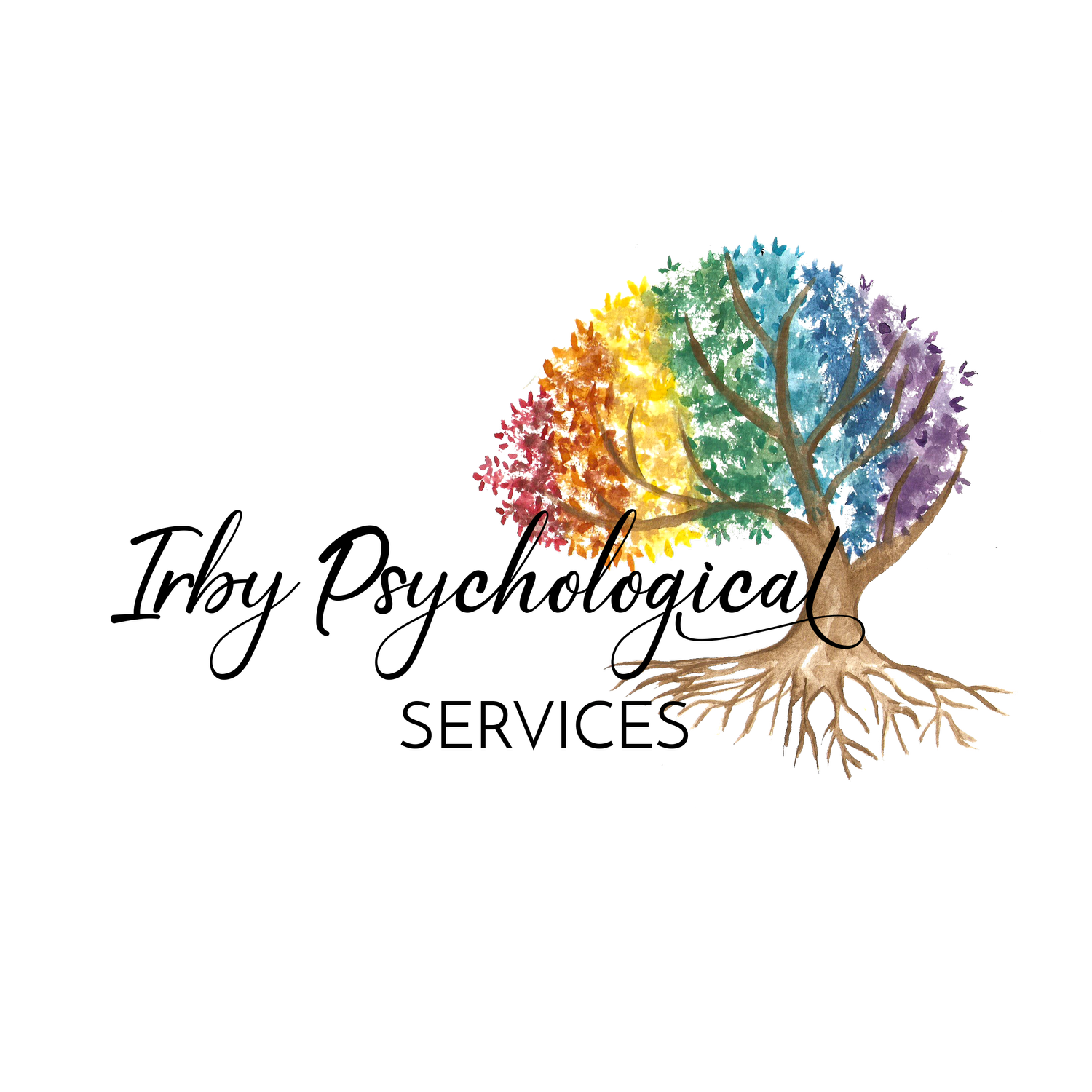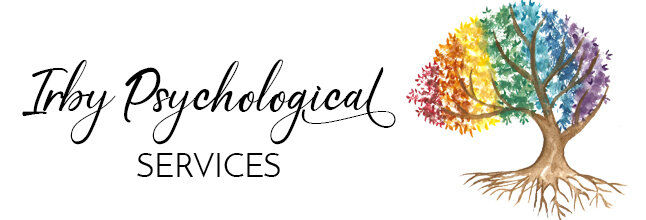Reading Tone: Part 5
Part 5: — here’s to a GREAT blog post! 🥂
Let’s focus on the theory of emotion.
Everyone has a theory of emotion, not just people in academia. In other words, we all have an idea 💡 about where emotions come from and what they mean. It might help to consciously explore your own (possibly unconscious) assumptions about how emotions work. Do you think feelings like anger and sadness are discrete and separable from each other? Or do you think they can mix together? — Personally, I find that they intermingle and often are joined by their dear friends anxiety and guilt.
For the purposes of detecting 🔎 emotion in texts, it is useful to understand that both of these appear to be true to some extent. Research suggests we do tend to experience *a greater amount of discrete emotions*, like fear 😨, in response to specific environmental triggers 🚩, like encountering a bear 🐻 in the forest 🌳 or a supervisor asking to chat with you. That being said, the research also shows that when we are feeling one negative emotion, we are much more likely to be *feeling all the other negative emotions* as well. This evidence has important ‼️ implications for interpreting emotions in texts. If you’ve successfully detected that a person is feeling sad 😢, you can be almost certain that they are also feeling anxious 😬 or angry 😡 . And anxiety is a weird thing because excitement and anticipation of good things to come is also an anxious 😬 response to something.
Today, when reading messages from others, think of at least two emotions they may be feeling, including one that contradicts your initial reaction!

